Where are young forests found?
- Timber harvests
- Other land clearing operations

Typical Plants
- Birch
- Aspen
- Maples
- White pine
- Raspberry
- Blackberry
- Blueberry

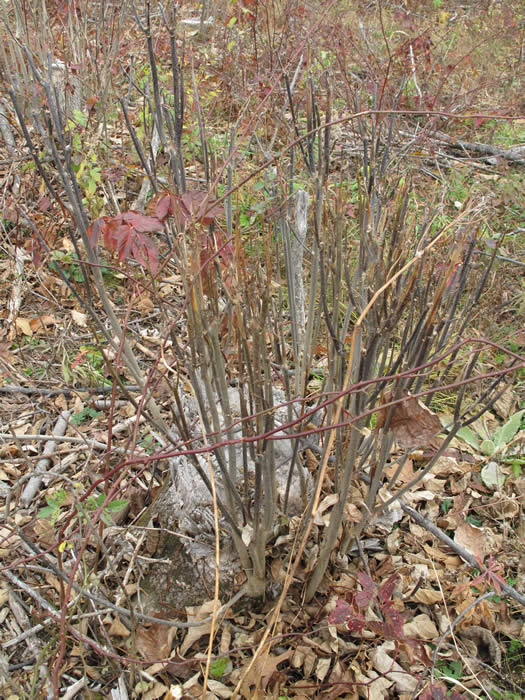
Typical Wildlife
- Woodcock
- Moose
- Deer
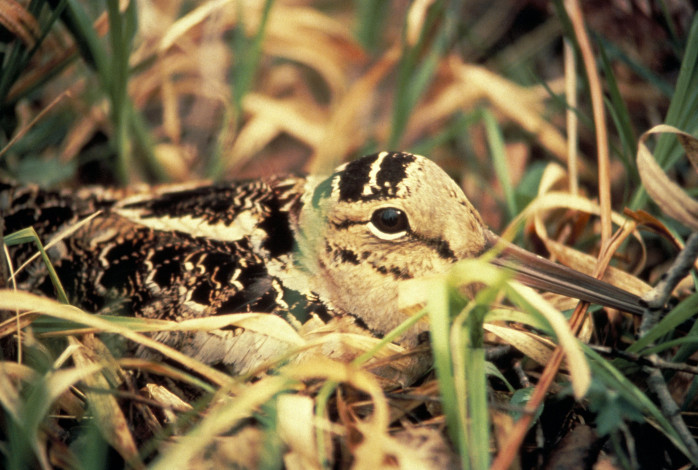
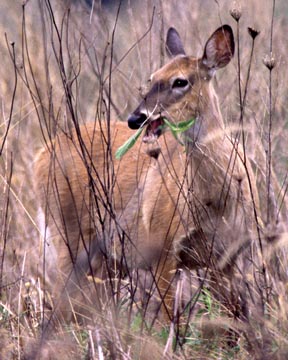

- Young trees are no longer dense and vertical structure is lost
- Shrub species are becoming less common, area is dominated by tree species
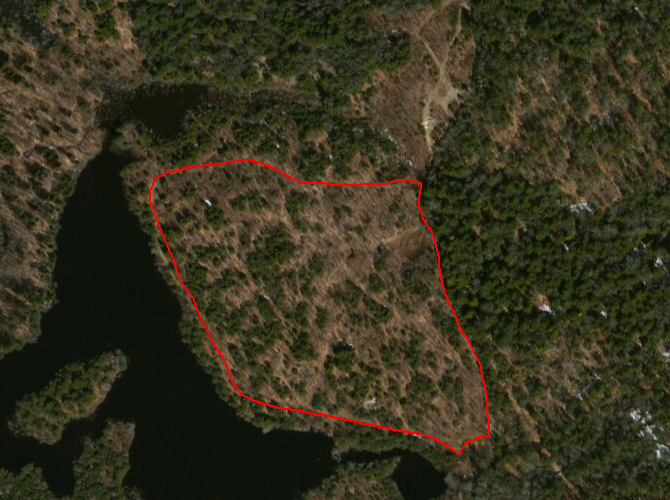
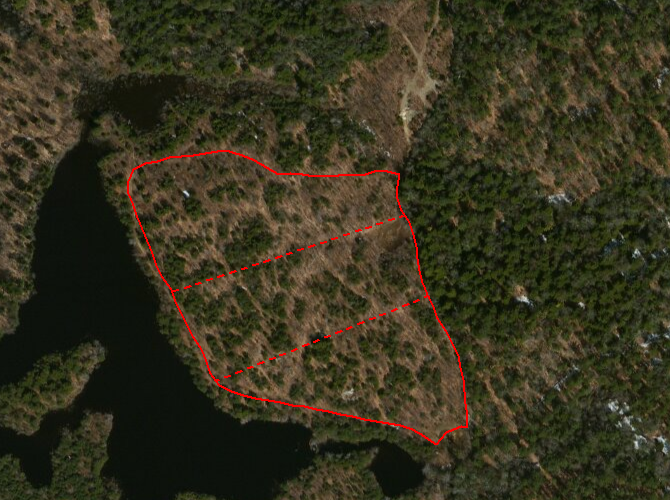

4. Use a brontosaurus or forestry equipment to mow the young forest habitat. Harvesting young forest habitat can often be done in conjunction with a larger forestry operation.

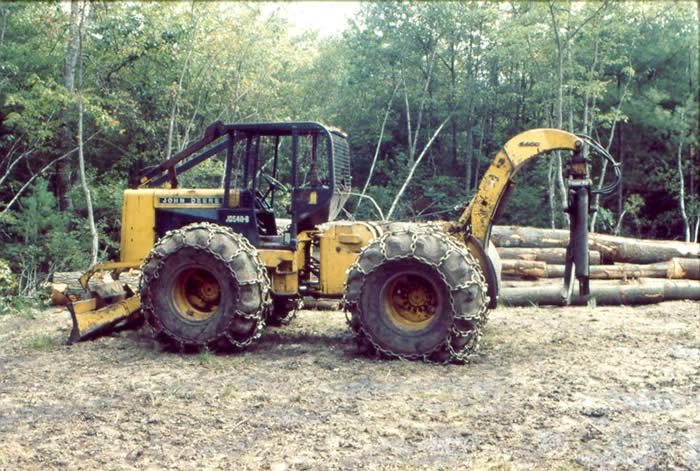
If you are starting with mature forest, young forest habitat can be created in areas with low timber value. It is often most economical to include this work as part of a larger timber sale as forestry equipment will be needed to cut the mature trees.
